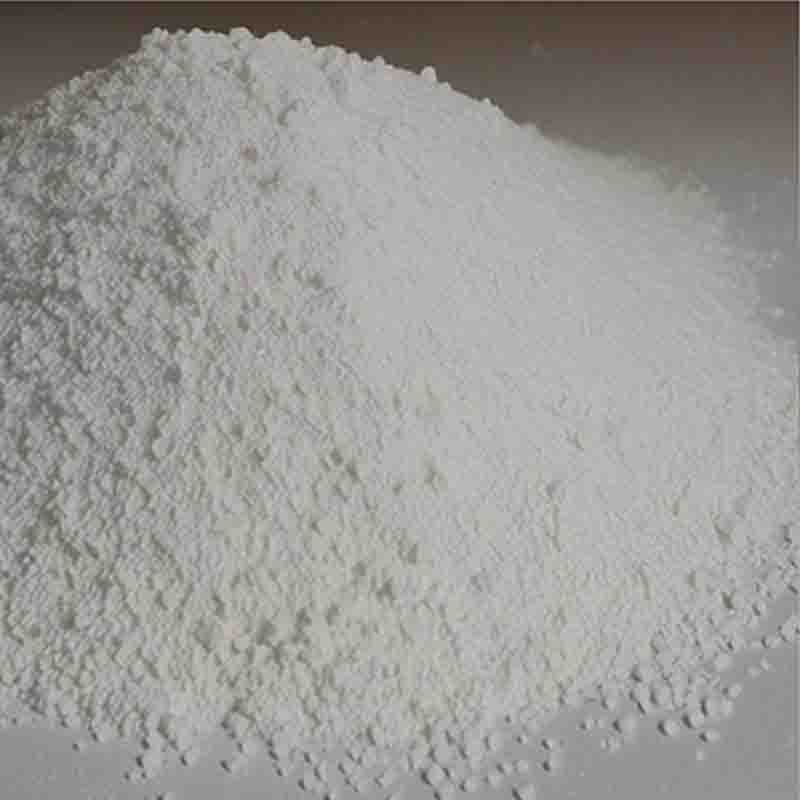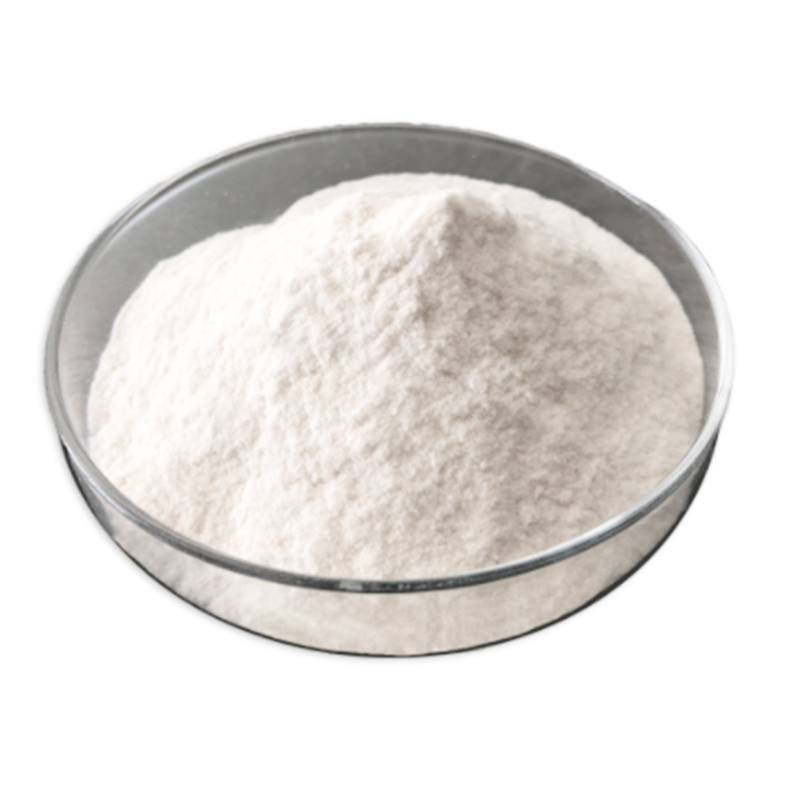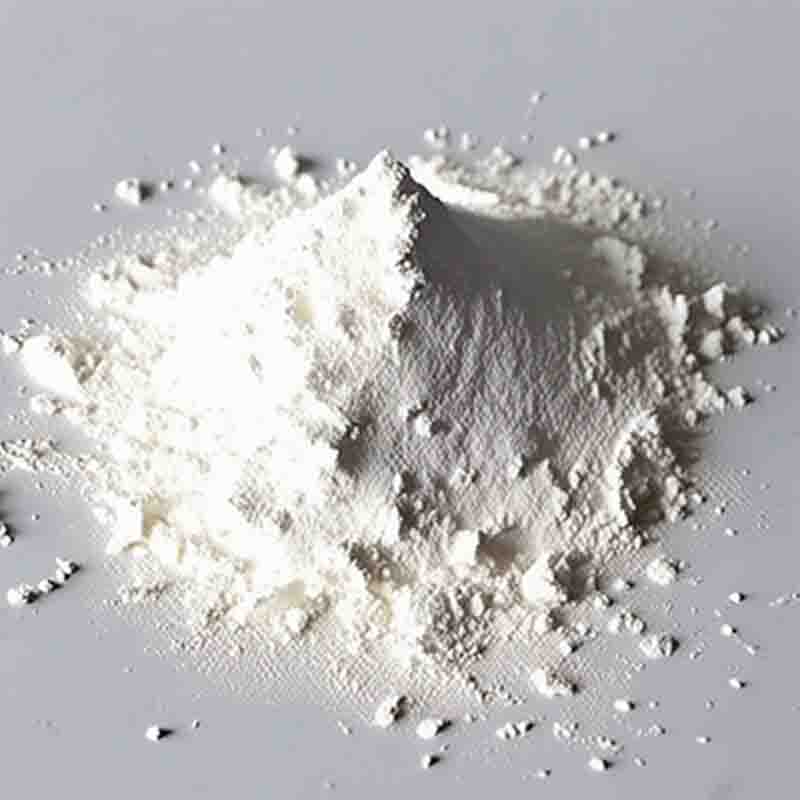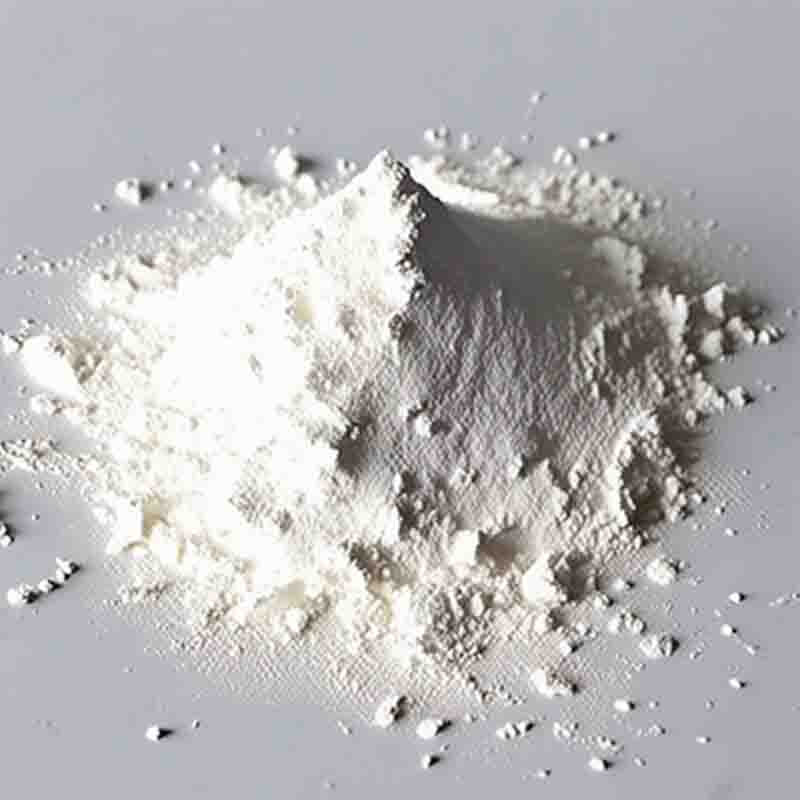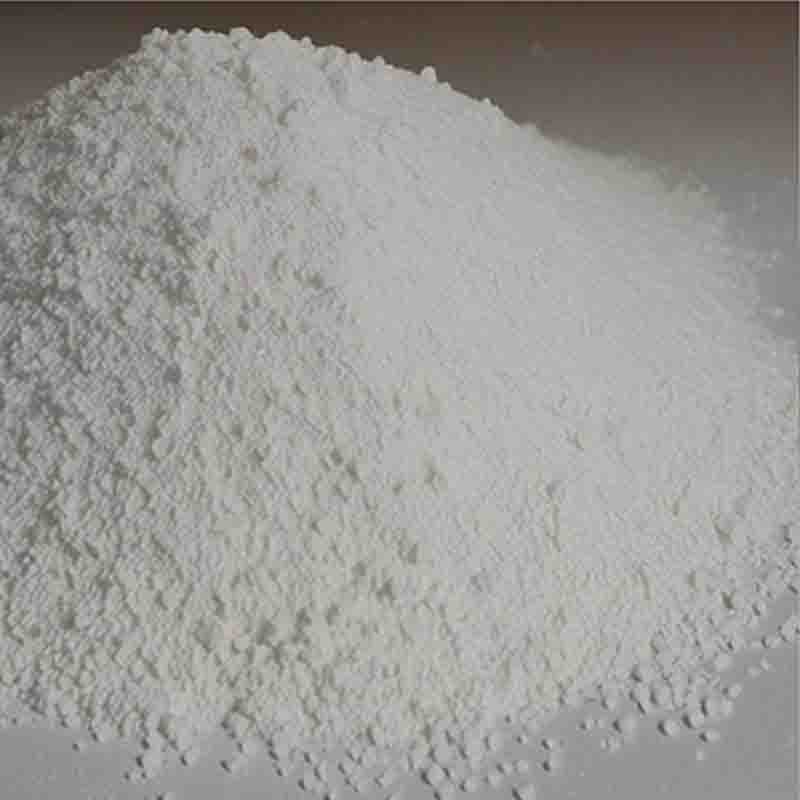Methoxyacetylchloride CAS:38870-89-2
| Catalog Number | XD96049 |
| Product Name | Methoxyacetylchloride |
| CAS | 38870-89-2 |
| Molecular Formula | C3H5ClO2 |
| Molecular Weight | 108.52 |
| Storage Details | Ambient |
Product Specification
| Appearance | White powder |
| Assay | 99% min |
Methoxyacetylchloride, also known as methoxyacetyl chloride or acetyloxymethyl chloride, is a chemical compound with the molecular formula C3H5ClO2. It is an important reagent in organic synthesis with various effects and applications.One of the primary effects of methoxyacetylchloride is its ability to undergo acylation reactions. As a acyl chloride, it can serve as a source of the acetyl group, which can be transferred to other molecules. Methoxyacetyl chloride can react with various nucleophiles, such as amines, alcohols, and thiols, to form esters, amides, and thioesters, respectively. These reactions enable the introduction of the methoxyacetyl group into organic molecules, allowing for the modification of their properties.Methoxyacetyl chloride also finds application in the synthesis of pharmaceuticals and agrochemicals. By utilizing its acylating properties, it can be used for the selective modification of target molecules, leading to the synthesis of new drugs and pesticides. Additionally, methoxyacetyl chloride can be employed in the preparation of intermediates crucial for the synthesis of pharmaceutical compounds, such as anti-inflammatory agents and analgesics.Another effect of methoxyacetyl chloride is its reactivity towards nucleophiles containing sulfur atoms. It can react with thiols, yielding methoxyacetothioesters. These compounds have potential applications in organic synthesis as versatile building blocks for the synthesis of sulfur-containing compounds.Furthermore, methoxyacetyl chloride can be used as a reagent for the protection of certain functional groups in organic synthesis. By reacting with hydroxyl groups, methoxyacetyl chloride can form acetate esters, which serve as protective groups. These esters can temporarily shield a specific functional group from unwanted reactions during a synthetic sequence and can later be removed under appropriate conditions.It is essential to note that methoxyacetyl chloride is a hazardous compound and should be handled with proper precautions. It has corrosive properties and can react violently with water or alcohols, liberating hydrogen chloride gas. Therefore, proper safety measures must be followed when handling methoxyacetyl chloride in the laboratory.In conclusion, methoxyacetyl chloride is a versatile compound with various effects and applications in organic synthesis, pharmaceuticals, and agrochemicals. Its acylating properties allow for the modification of organic molecules, leading to the synthesis of new compounds. Moreover, it can serve as a protecting group reagent, facilitating complex syntheses. However, due to its hazardous nature, caution should be exercised when working with methoxyacetyl chloride.


